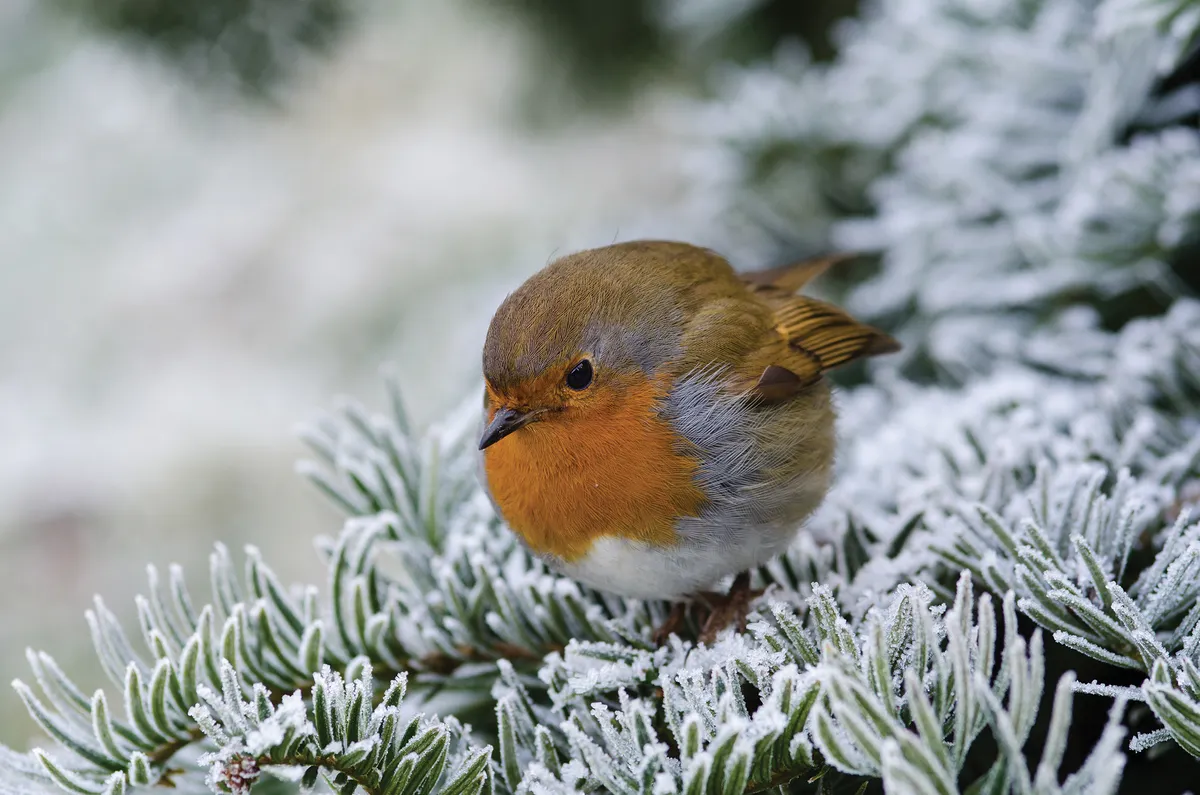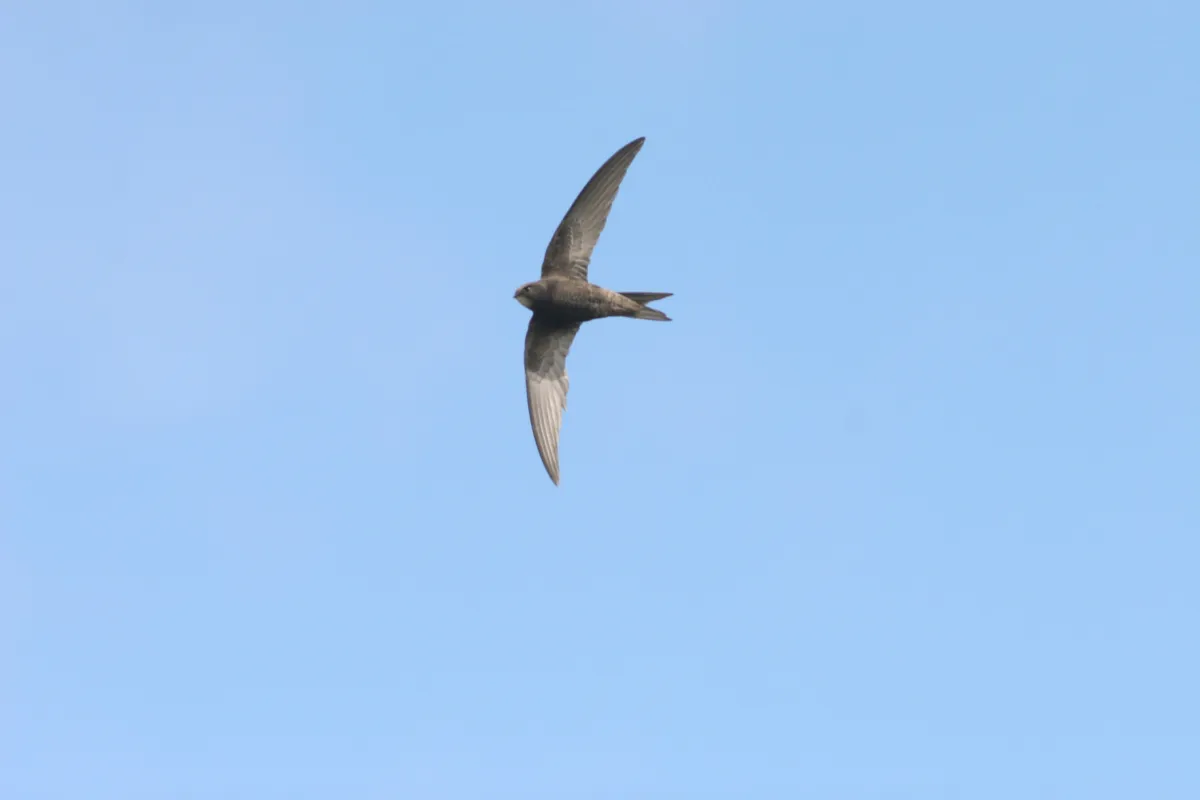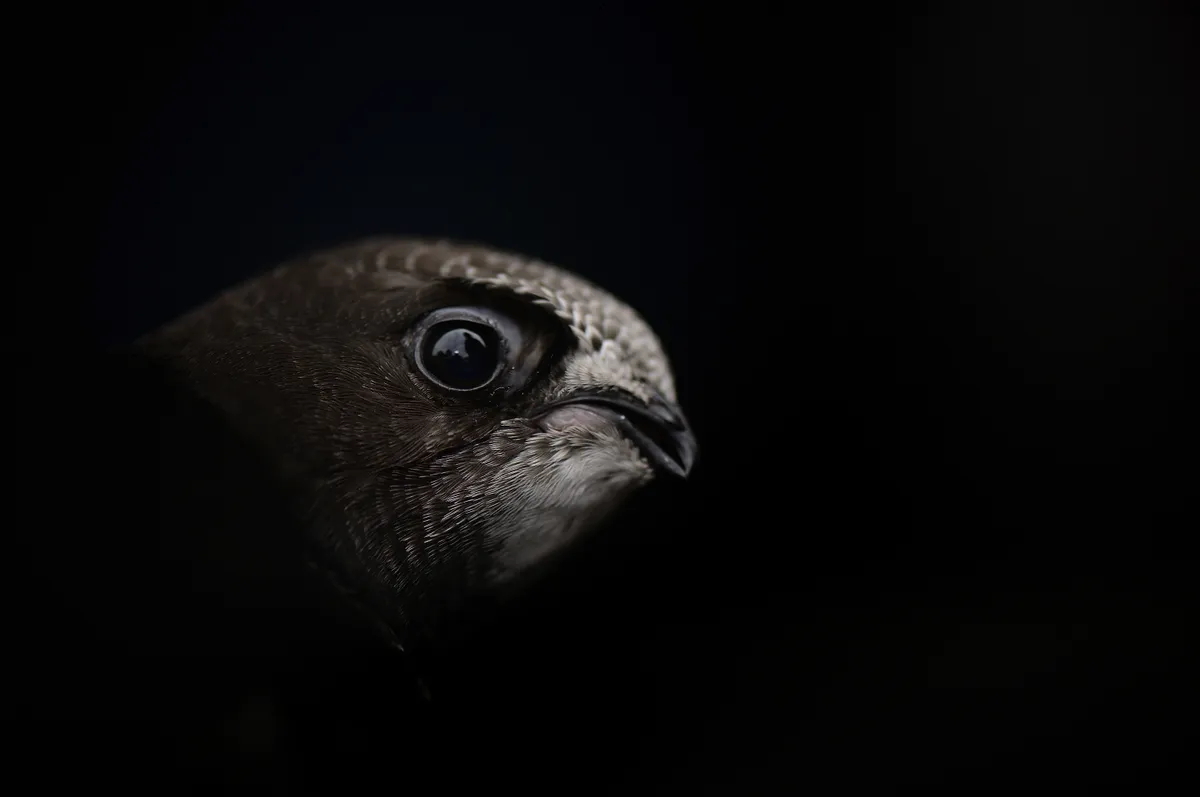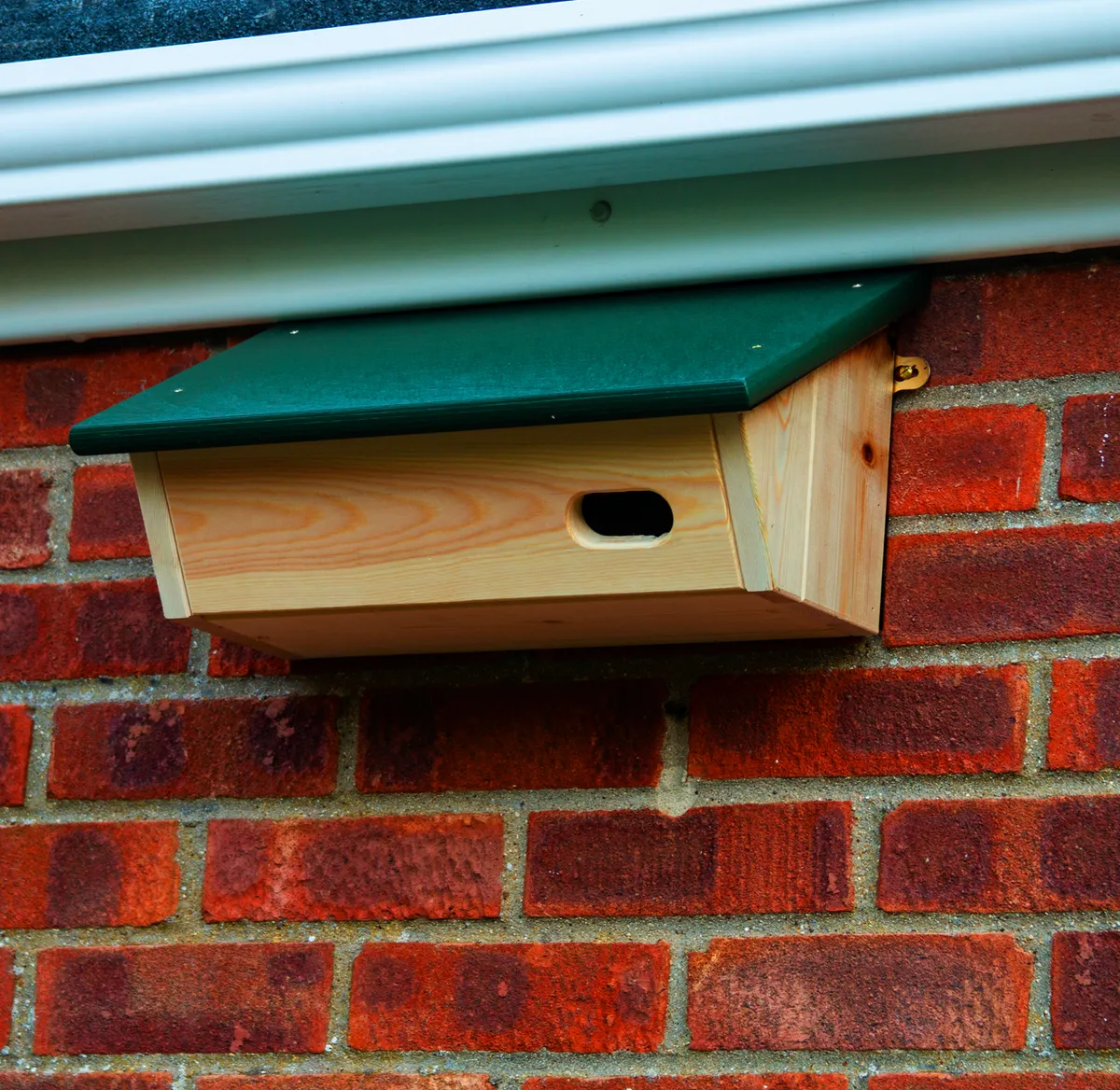Here is our expert guide on swifts by Jamie Wyer from the RSPB, with facts about the species, why they are struggling and how you can help give them a home in your garden.
What type of swift can be found in the UK?
Agile aerial athletes. Screaming sky sprites. Swifts bring passion and drama to our urban summers, swooping and wheeling overhead, calling loudly in between beakfuls of airborne 'plankton'.
There are around 100 different species of swift in the world. Only one – the common swift - nests in the UK. Their closest living relatives in the bird world are the hummingbirds.

How long do swifts spend in the air?
Everything about swifts can be described with superlatives. They’re the fastest bird in level flight: at 69.3mph they're only beaten by the peregrine when it performs its famous diving 'stoop'. They're perhaps one of the oldest forms of birds, as their group split from other bird types around the extinction of Tyrannosaurus Rex.

Even more incredibly, they don't stop. Swifts eat, drink, bathe, sleep and even mate in mid air. The feet of a swift that's just left its nest may not come into contact with anything solid for two or three years before it makes a nest of its own. A life lived almost entirely in the sky.
When do swifts migrate?
Common swifts are long distance migrants, making epic journeys twice a year between Europe and sub Saharan Africa. They pass through the airspace of around 25 countries, over desert, forest and sea. Swifts mostly leave the UK in July before the air temperature cools and arrive in Africa by mid-August. They don't stay in one place for long though as their search for food continues.
Swifts in trouble
However the swifts that raise their young here in the UK are vanishing. The population here recently dropped by half in just twenty years and we're seriously concerned about their future.
It's tricky to identify the cause, and there may be a number of factors at play here. We know their food source - insects – is in decline, and that weather events associated with climate change will also impact them. But one very obvious issue in the UK is the loss of nesting sites in recent decades.

Swifts have adapted to live alongside us, swapping historical haunts of cliffs, caves and ancient trees for nooks and crannies in buildings. Modern houses just don't have the holes under the eaves swifts have become accustomed to using, and older buildings where the birds have nested in the past are being tidied up and any gaps for swifts are blocked up.
Having just flown 6,000 miles the last thing a returning swift needs is to discover its nest hole no longer exists! Swifts like to use the same places year after year: they just don't have time and energy to search for a new nest site each spring.
How to create a home for swifts
This should in theory be a simple enough problem to solve. Swifts happily live alongside people, and urban residents enjoy their company. A survey carried out by University of Gloucestershire Masters student Sarah Roberts in 2018, highlighted positive public attitudes towards wildlife living in built-in boxes in our walls and roofs. When asked whether they thought these boxes for bats or birds – including swifts - were a good idea, 61% were positive and 36% unconcerned about having them in their own homes.
Swifts also make excellent neighbours, making little mess and only spending 12 weeks around their nests, so installing a nestbox is one of the best ways to help.
The easiest option might be the RSPB's new swift nestbox, designed by experts to provide perfect accommodation for the birds and their young.

If you have a property being built or renovated you could include 'swift bricks' which fit neatly inside the walls. Manthorpe building products have created a range of these. You could even make your own swift box – detailed instructions are on the RSPB website.
Swifts nest in colonies so the more homes the better. You can also encourage them to settle in by playing recordings of their calls, giving the impression that other swifts are around so this must be a good place to nest.
Once you've created swift homes, be patient. The birds may take a few years to discover a new des res, but it'll be worth the wait.
Property developers can play a vital role in providing homes for swifts as well as people! Barratt Developments Plc have built in 182 swift nesting places in their Kingsbrook Development in Aylesbury – and plan to add hundreds more at this site and around the country. The Duchy of Cornwall, in developments from Kent to Cornwall, have also been incorporating swift homes. Nest sites have been built into including student accommodation, housing developments, nursing homes and hotels as well as added to existing buildings including church towers.
Swift survey
Swifts should be back around the first week in May. If you see them nesting or 'screaming' at roof height, let us know using the RSPB Swift Survey. The valuable data gathered by the survey can be used by local authority planners and ecologists to ensure swifts have plenty of places to nest. For example, using Swift Survey data the RSPB worked with RG Group contractors on a building site in Redhill where the demolition of an old supermarket building would have meant the loss of nesting sites. We were able to ensure that alternative homes were provided on a new structure.
Find out more
Action for Swifts and Swift Conservation both provide excellent information about swifts and what you can do to help. You can also join a local swift group: a map of the groups is available.